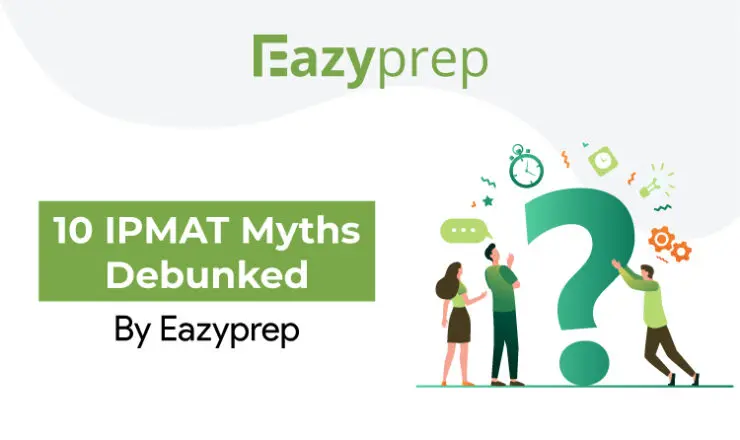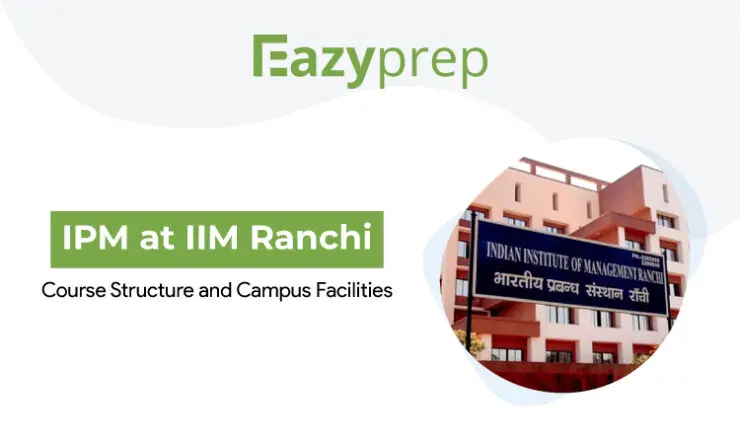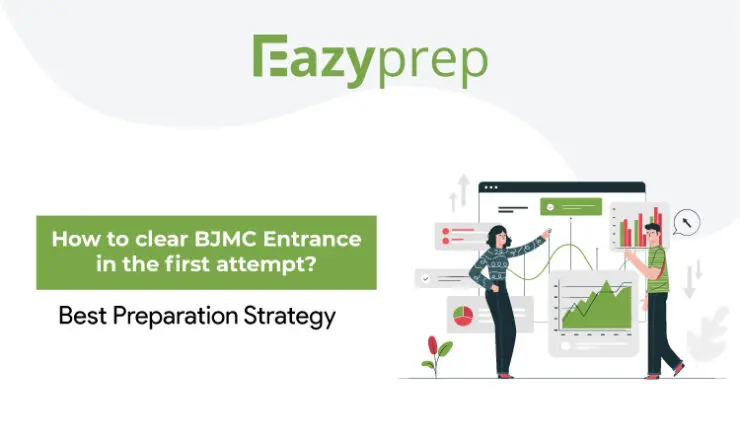![]()
Symbiosis 3 year LLB is one of the most sought-after courses in law in India. The admission to the LLB course at Symbiosis Law School in Pune is done through the SLAT, also known as the Symbiosis Law Admission Test. The three Year Program aims to prepare able young professionals in the field of law. The course structure and campus opportunities that are offered to students are given in this article.

Symbiosis 3 Year LLB: Course Structure
The duration of the Symbiosis LLB is three years. It prepares a student to aid practical appreciation of issues clinical legal education is an integral component of the academic curriculum. The course curriculum promotes interdisciplinarity and integration between law, social sciences, and humanities, and also offers opportunities to do internships. Some of the courses covered in each year of the Symbiosis 3 year LLB are listed below:
Year 1
- Law of Torts
- Family Law
- Law of Contracts
- Environmental Law
- Law of Crimes
- Banking Law
- National Security Law
- Right to Information law
- Human Rights Law
Year 2
- Administrative Law
- Law of Evidence
- Company Law
- Jurisprudence
- Forensic Science
- Principles of Taxation
- Public Law Skills
Year 3
- Alternative Dispute Resolution
- Drafting, Pleading and Conveyance
- Labour and Industrial law
- Professional Ethics and Professional Accounting System
- Corporate Law Practice
- Judicial process and Judicial Services
In order to develop professional skills in budding law persons, the Symbiosis 3 year LLB course imparts instruction in simulated settings such as moot court competitions, mock trials, debates and dramas. Teaching and research instructions shall be provided through lectures, seminars, group discussions and individual tutorials. Skills of reading, research, analysis and writing shall also be developed through seminars, project assignments and presentation during classes.

Campus
Symbiosis International University is renowned for its campus facilities and the Symbiosis Law School is nowhere behind. The infrastructure, as well as all other facilities offered, are of the best class. Given below are more details about the infrastructure and other details of the campus.
Infrastructure
The administration has made sure that the students get everything they require for a comfortable life and advanced knowledge gaining. The following are included in the infrastructure of the Symbiosis university:
| Infrastructure | Specifications |
| Library | The library is one of the best facilities on the campus. It offers hard and soft materials for reference, including books, newspapers, periodicals, e-journals, and databases like TV AD Index and United News of India. The audio-visual section of the library offers a wide collection of movies, documentaries, radio, and television programs. |
| Hostel | Symbiosis offers six hostels in total- four girls’ hostels and two boys’ hostels. The total capacity of all the female hostels together is around 1500 and that of the male hostels is around 150. The allotment of the rooms is based on a first come first serve basis. All the rooms are bath attached. The students are provided with a cot, mattress, pillow, chair, table, and cupboard. The meals offered by the hostels include healthy food, both vegetarian and non-vegetarian meals. |
| Sports | The campus has athletic fields, a football field, a cricket field, and a basketball court. |
| Cafeteria | The campus cafeteria offers vegetarian and non-vegetarian healthy food. There is an addition of a juice bar and the campus also has an outlet for café coffee day. |
| Auditorium | It has a seating capacity of about 600 with good acoustic facilities. |
| Indian Bank | It has a seating capacity of about 600 with good acoustic facilities. |
The department of Symbiosis 3 year LLB is one of the best departments of legal studies in India. The course structure is very updated to new fields of research and the campus facilities are also of the best quality. Studying at Symbiosis law school can thus be very fulfilling. Click here to check out the preparation strategy for the entrance test.
Frequently Asked Questions (FAQs):
More Articles about SLAT:


